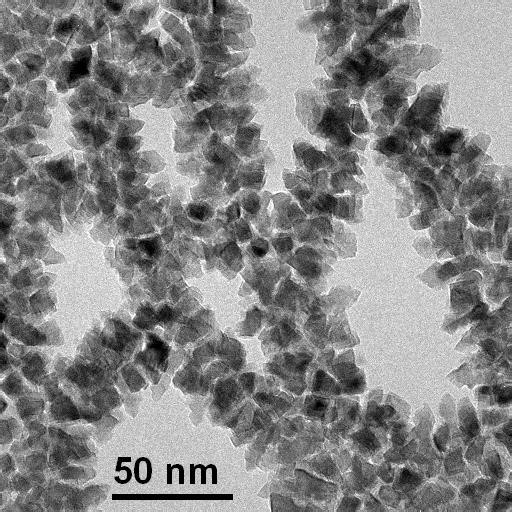Self-supported Pt-doped ceria nanofilms directly investigated by transmission electron microscopy
- Abstract number
- 806
- Event
- European Microscopy Congress 2020
- DOI
- 10.22443/rms.emc2020.806
- Corresponding Email
- [email protected]
- Session
- PSA.5 - Nanoparticles & Catalysts
- Authors
- Dr Valérie Potin (1)
- Affiliations
-
1. Laboratoire Interdisciplinaire Carnot de Bourgogne - UMR 6303 CNRS - Univ. Bourgogne Franche-Comté
- Keywords
CeO2, EELS freestanding, HRTEM, platinum, XPS
- Abstract text
In the last years, cerium oxide-based materials have attracted great interest due to their wide range of applications in different areas such as catalysis, photochemistry, electrochemistry, and materials science. Moreover, platinum doped cerium oxide has been valued as one of the most promising oxide for anode materials used for proton exchange membrane fuel cells.
Three-dimensional freestanding nanostructures of platinum-doped ceria films have been directly deposited on holey carbon coated copper transmission electron microscopy (TEM) grid by direct liquid injection chemical vapor deposition (DLI-CVD). TEM was then directly performed on the pristine thin films, without any kind of mechanical or ion thinning.
High-resolution TEM reveals that highly porous and crystallized layers were deposited over the whole membrane (Figure 1). The existence of platinum in the ceria grains was confirmed by Energy Dispersive X-ray Spectroscopy (EDS) and X-ray Photoelectron Spectroscopy (XPS). Moreover, the substitution of carbon membrane by Pt-CeO2 layer was highlighted by Electron Energy Loss Spectroscopy (EELS), showing that the Pt-CeO2 nanofilms are freestanding [1].
These results are very promising and represent an important step for performing specific nanoscale TEM analyses necessary for the study of the growth mechanism of nanofilms on substrates.
Figure 1: TEM observations of the pristine layer of Pt-CeO2 deposited on a holey carbon copper grid
- References
1. Valérie Potin, Nicolas Zanfoni, Luc Imhoff, Pardis Simon & Bruno Domenichini, Appl. Surf. Sci. 509 (2020) 145177

